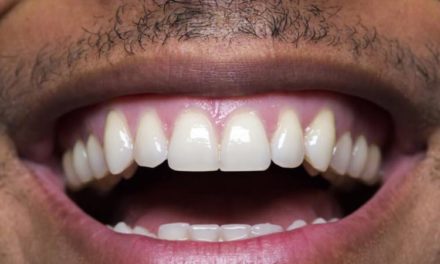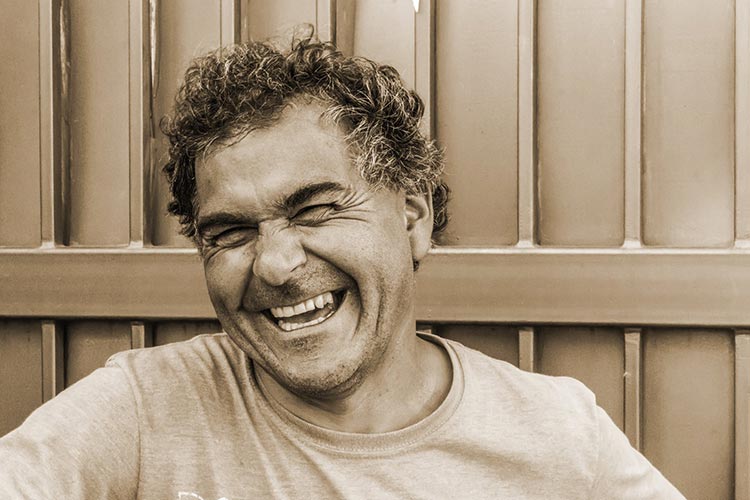Overbites and underbites are more common than you may think. The typical human jaw alignment is a very mild overbite, with the upper teeth resting just past the lower teeth.
More severe underbites and overbites require correction, but what is the difference and how are they corrected? Read on to find out.
What is an Overbite?
When the upper teeth at the front of the mouth overlap the bottom teeth too far, and when the jaw is closed, it is called an overbite. It can also be called a closed bite, a deep bite, or overbite teeth.
Orthodontists know how to correct an overbite, and if you have one, you will need a consultation to decide which is the best treatment for you. Look at how Straight My Teeth have created a guide to correcting an overbite, which can be done quickly and painlessly with modern dental technologies. Having an overbite can affect tooth alignment over time and can cause excess wear to the bottom teeth.
What is an Underbite?
Simply put, an underbite is the opposite of an overbite. Instead of the upper teeth overlapping the lower teeth, it is the other way around. The lower teeth will be further forward when the mouth is closed.
This can put a lot of stress on the jaw and can wear down the lower teeth if left uncorrected. Having an underbite can also cause problems when chewing, sore jaw muscles, and make it difficult to keep the teeth clean. Correcting an underbite can often require more work than an overbite. Braces can correct small underbites, but many corrections require surgery and tooth removal from the back of the mouth.
What are the Correction Options?
Braces are the most common way to correct an overbite or an underbite according to the dentists in Avon Lake Ohio. Though it is best to begin the correction as early as possible, such as the teenage years, adults can be treated with braces too.
Surgery is the best way to treat severe malocclusion or a misaligned jaw. The operation will aim to re-align the teeth by removing teeth or bones or both from the upper and lower jaws. Orthodontists and orthodontic surgeons will work together to plan a surgery that is unique to each patient and will leave them with the small, barely noticeable overbite that most people have.
There are a couple of other types of correction that can help treat children and teenagers with an underbite. These are called a reverse-pull face mask, and an upper jaw expander.
Reverse-pull face masks can only help correct a child’s underbite as their jaw is still developing. The face mask will help align their jaw correctly as it grows. Upper jaw expanders can help treat children and teenagers, but not adults.
Sometimes the upper jaw can grow at a reduced rate than the lower jaw, causing an underbite. An upper jaw expander can be used to stretch the upper jaw to help it catch up.
Whether someone has an overbite or an underbite, there is help out there and a correction procedure that is right for you and your jaw. Find a dental treatment centre and have a consultation if you need to correct an overbite or an underbite.















